Descrição
Introdução
Polly Pigs são um tipo de porco de pipeline usado extensivamente na indústria de oleodutos para várias tarefas operacionais e de manutenção. Nomeados para sua construção de poliuretano, os porcos Polly são projetados para atravessar oleodutos para funções como limpeza, inspecionar os danos e separar diferentes produtos dentro do pipeline. Eles geralmente são cilíndricos e apresentam uma variedade de configurações, incluindo nu, revestidas com uma escova de arame ou equipadas com tiras abrasivas, dependendo de sua aplicação específica. Seu design flexível e robusto os torna adequados para pipelines de vários diâmetros e condições. Como resultado, os Polly Pigs se tornaram uma ferramenta essencial para manter a eficiência, a segurança e a longevidade dos sistemas de pipeline em todo o mundo.
Descrição detalhada dos porcos Polly
Características de Polly Pigs: tamanhos, materiais e variabilidade
Polly Pigs, nomeado para seu material de construção primária, poliuretano, é um tipo específico de porco de pipeline usado extensivamente em várias operações de pipeline. Eles vêm em vários tamanhos para acomodar diferentes diâmetros de pipeline, variando de pequeno a bastante grande, e suas cores podem variar com base no fabricante ou no aplicativo específico para o qual foram projetados. A densidade do poliuretano usada em sua construção também pode variar, com porcos de maior densidade usados em aplicações que exigem limpeza mais robusta ou onde é necessária uma maior capacidade de vedação.
Versatilidade e adaptabilidade exclusivas de porcos Polly em operações de pipeline
Uma das características únicas dos Polly Pigs é sua versatilidade. Eles podem ser simples e suaves para limpeza de luzes e secas, ou podem ser equipadas com componentes adicionais, como escovas de arame ou tiras abrasivas para requisitos de limpeza mais intensivos. Eles são flexíveis e podem navegar por dobras e alterações no diâmetro da tubulação mais facilmente do que alguns outros tipos de porcos.
Análise Comparativa: Polly Pigs vs. porcos de limpeza esqueléticos
Por outro lado, os porcos de limpeza esqueléticos, outro tipo comum de porco de pipeline, geralmente têm uma estrutura corporal de aço e estão equipados com escovas ou raspadores substituíveis. Eles são frequentemente usados para tarefas de limpeza mais pesadas, onde depósitos significativos precisam ser removidos das paredes do pipeline. No entanto, devido à sua construção de aço, eles podem não ser tão flexíveis quanto Polly Pigs e podem ser menos adequados para oleodutos com curvas apertadas ou mudanças significativas no diâmetro. A escolha entre os porcos Polly e os porcos de limpeza esquelética geralmente depende dos requisitos específicos da operação do pipeline.
O poliuretano, o material primário usado na construção de Polly Pigs, é escolhido por vários motivos:
1. Durabilidade: O poliuretano é um material robusto que pode suportar condições adversas dentro de oleodutos, incluindo altas pressões, temperaturas variadas e substâncias corrosivas. É resistente ao desgaste, garantindo que o porco possa completar sua jornada pelo oleoduto sem se separar.
2. Flexibilidade: O poliuretano é um material flexível, que é crucial para um dispositivo que deve navegar por pipelines com diâmetros, dobras e voltas variadas. Essa flexibilidade permite que o porco mantenha contato com as paredes do pipeline para obter tarefas eficazes de limpeza, inspeção ou separação.
3. Versatilidade: Diferentes densidades de poliuretano podem ser usadas para criar porcos com graus variados de dureza. Isso permite uma variedade de aplicações, desde porcos macios usados para limpeza ou secagem leve, até porcos mais difíceis usados para tarefas de limpeza ou raspagem mais agressivas.
4. Custo-efetividade: O poliuretano é um material relativamente barato, tornando-o uma escolha econômica para criar porcos descartáveis que não são recuperados após o uso.
Essas características tornam o poliuretano um excelente material para porcos de pipeline, oferecendo um equilíbrio de durabilidade, flexibilidade, versatilidade e custo-efetividade.
Parâmetros Básicos
| Nome | Porco de espuma Polly |
| Desempenho | 1. Seu interior é espumado por material de poliuretano. A superfície é revestida com um revestimento de elastômero de poliuretano. |
| 2. Tem boa flexibilidade e certa resistência ao desgaste. | |
| 3. A quantidade de deformação pode chegar a 50%, que é o porco de espuma mais amplamente utilizado. | |
| 4. É usado para esfregar, descida e isolamento fluido de tubos. | |
| Parâmetros Técnicos | Pressão de olhar: 0,02MPa |
| Densidade: 35kg/m³-220kg/m³ | |
| Com Pressão: 7MPa | |
| Taxa de compressão: 50 | |
| Taxa de atrito: 2mm/100km | |
| Temperatura operacional: -30 ℃ a +100 ℃ | |
| Taxa de estiramento: 320% | |
| Vida flexível: 50.000 vezes | |
| Distância operacional: 100km-300km |
Aplicações de Polly Pigs
1. Limpeza:
Polly Pigs são amplamente utilizados na indústria de oleodutos para fins de limpeza. Eles são inseridos no oleoduto e impulsionados pelo fluxo do produto ou por um meio separado, como água ou ar, dependendo do conteúdo do oleoduto e dos requisitos da operação. À medida que o Polly Pig se move através do oleoduto, ele raspa quaisquer depósitos ou detritos acumulados nas paredes da tubulação, limpando efetivamente as superfícies internas. Polly porcos diferentes podem ser utilizados para vários graus de limpeza. Por exemplo, um porco Polly equipado com tiras abrasivas ou escovas de arame pode fornecer uma ação de limpeza mais agressiva para remover acúmulos mais difíceis.
2. Inspeção:
Embora os próprios porcos Polly não estejam normalmente equipados com equipamentos de inspeção, eles desempenham um papel crucial nos procedimentos de inspeção. Antes de uma inspeção em linha (ILI) usando um porco inteligente equipado com sensores e dispositivos de coleta de dados, um Polly Pig é frequentemente usado para limpar o oleoduto. Isso é para garantir que quaisquer detritos ou depósitos acumulados não interfiram no processo de inspeção, permitindo que o porco inteligente detecte e registre com precisão quaisquer anomalias, como corrosão, rachaduras ou amassados dentro do pipeline.
3. Separação:
Polly Pigs também são usados para separar diferentes produtos dentro de um pipeline. Nos pipelines multiprodutos, é necessário minimizar a mistura de diferentes substâncias para manter a qualidade do produto. Um Polly Pig pode ser inserido entre dois produtos diferentes para atuar como uma barreira física, reduzindo efetivamente a mistura de produtos durante a transição. As características de flexibilidade e vedação do porco garantem um bom ajuste no pipeline, minimizando o desvio e, assim, maximizando a eficácia da separação.

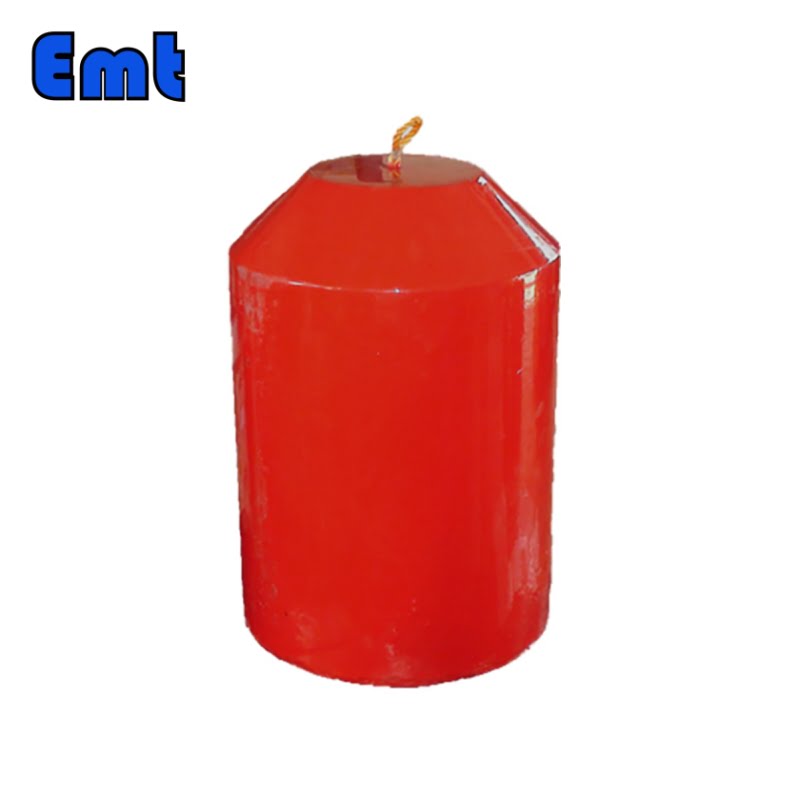

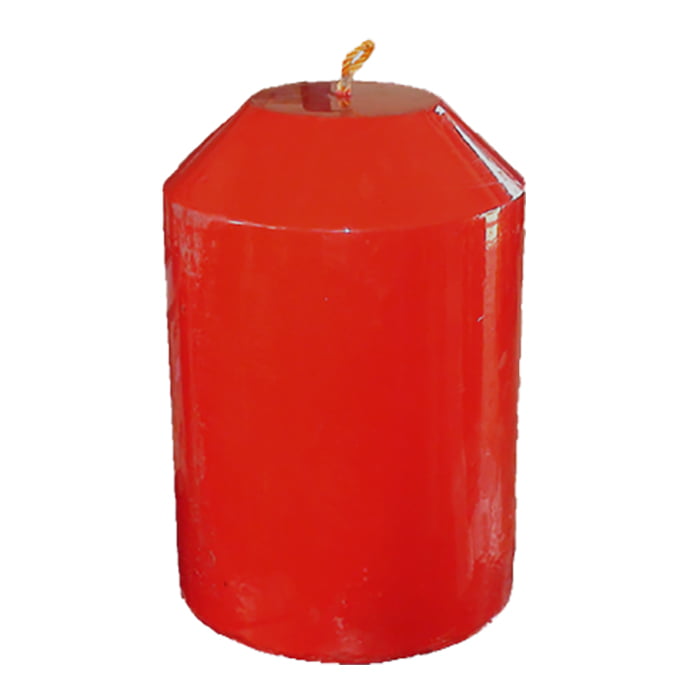
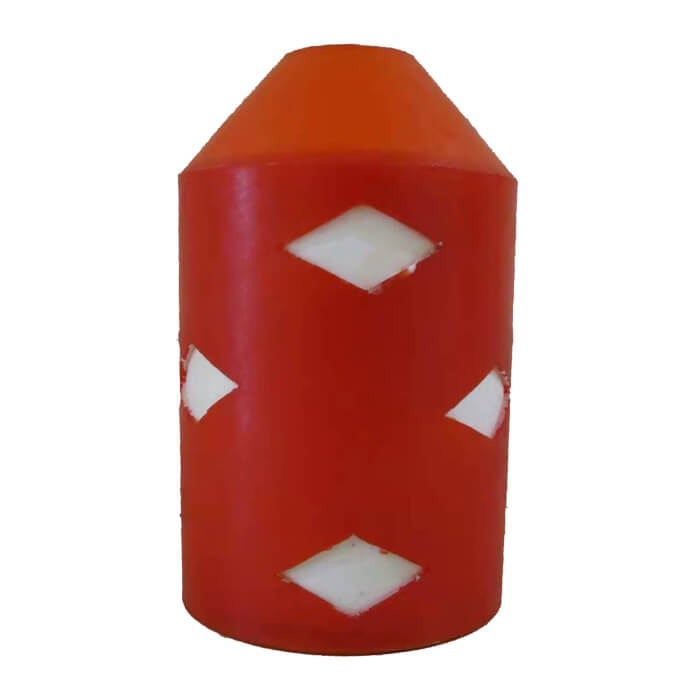
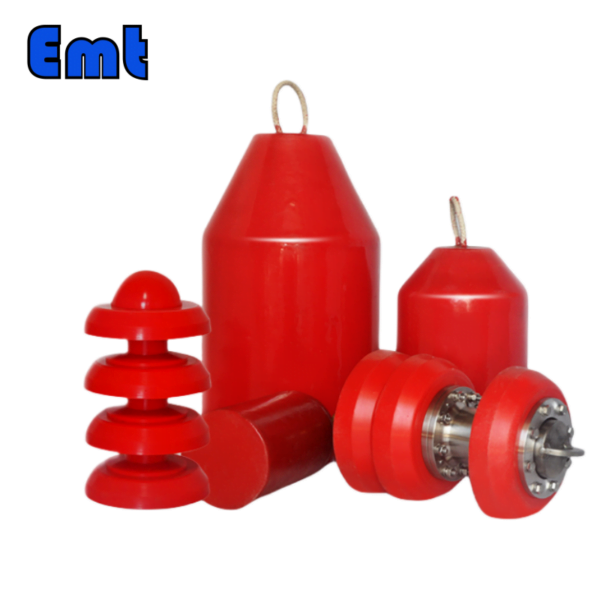
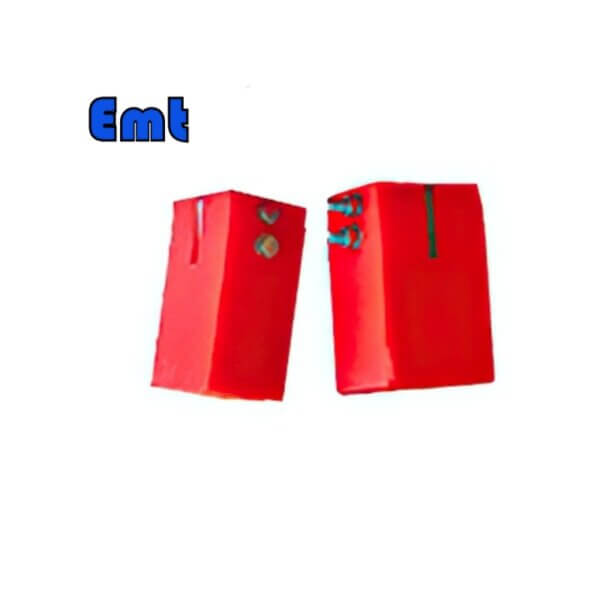
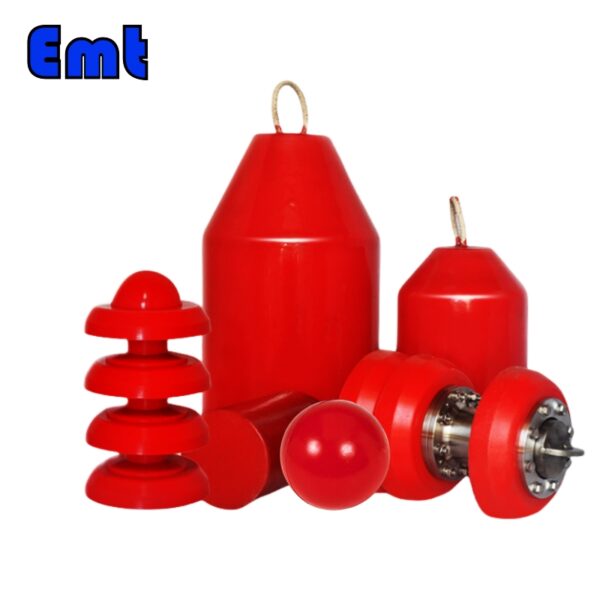
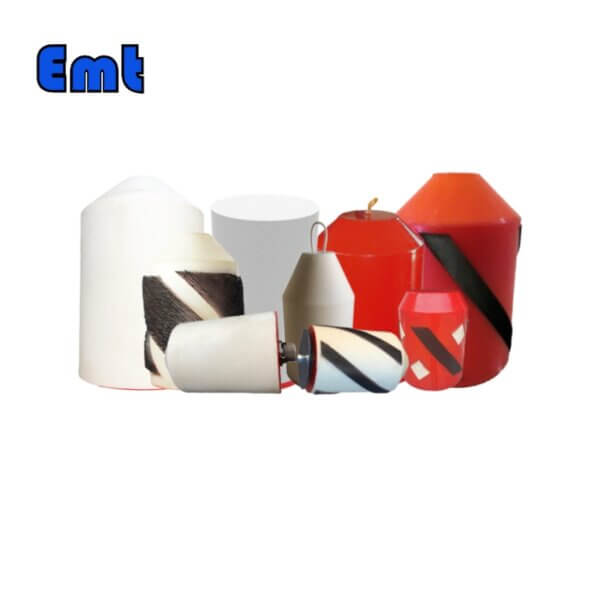
Avaliações
Não há comentários ainda.